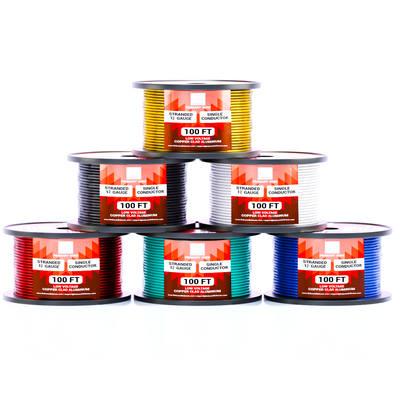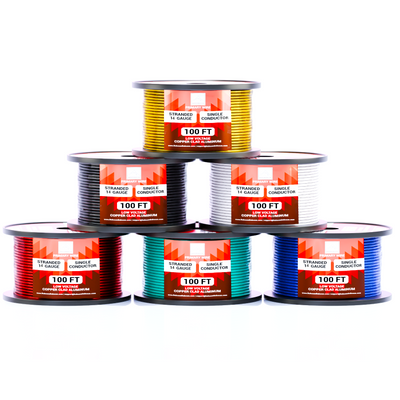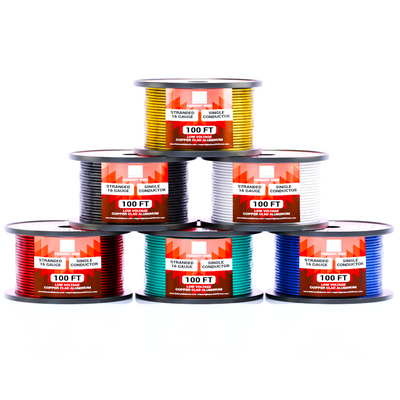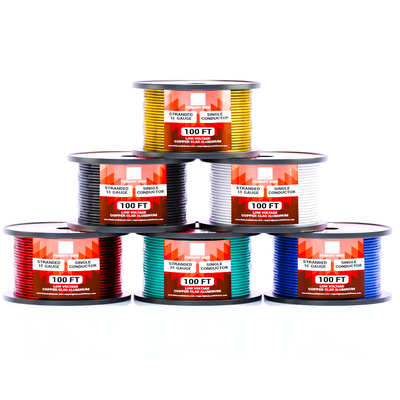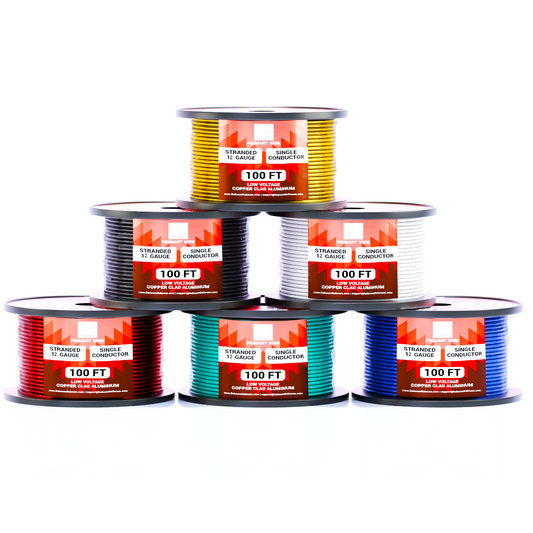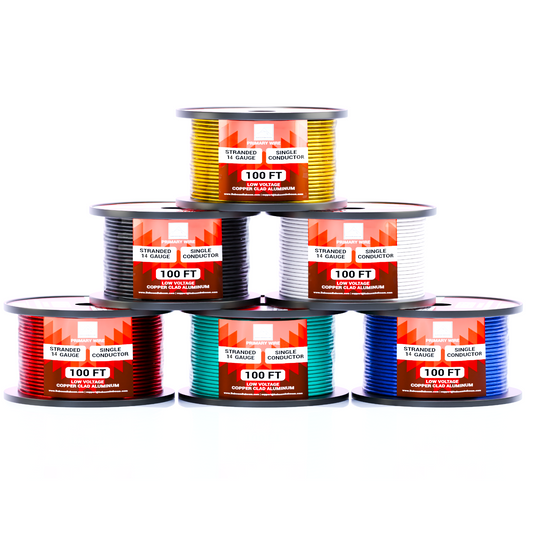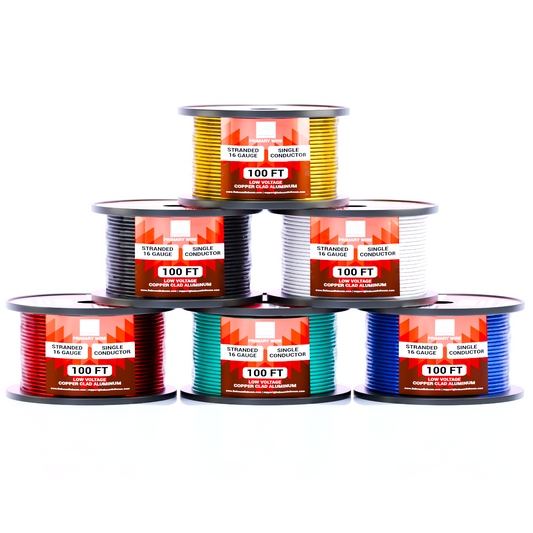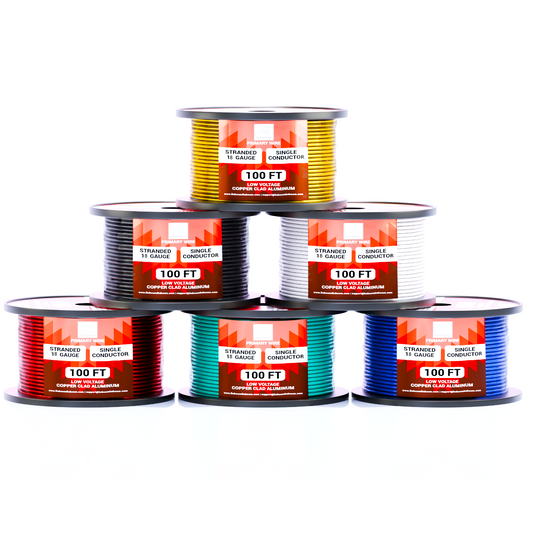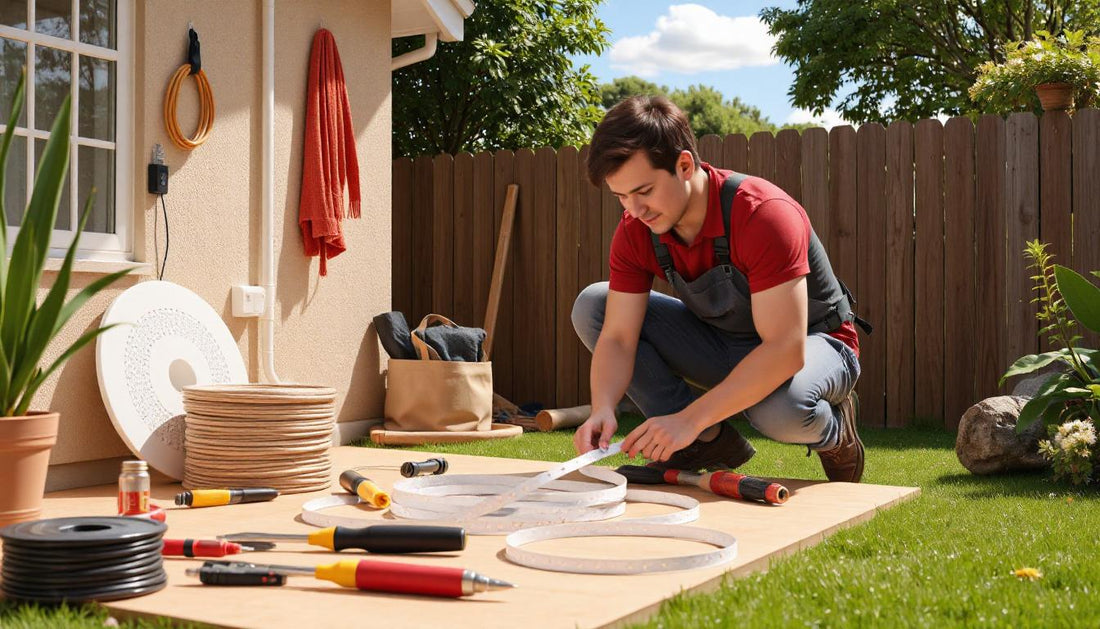
Building a Redundant Trailer Lighting System for Extra Safety
Share
Introduction
Whether you're towing a utility trailer, boat, RV, or camper, it's absolutely crucial to ensure that your trailer lights are consistently working. Brake lights, turn signals, and tail lights help you communicate your intentions on the road and remain visible to other drivers, especially in low-light or bad weather conditions. But what happens if a wire fails, a connector rusts, or a light unexpectedly goes out while you're towing at highway speeds?
That’s where a redundant trailer lighting system comes into play. A redundant setup acts as a fail-safe to keep your lights operational even when the primary system fails. In this comprehensive blog, we’ll explore what a redundant trailer lighting system is, why it’s important for safety, and how you can build one cost-effectively and efficiently.

What Is a Redundant Lighting System?
A redundant trailer lighting system is essentially a backup setup that ensures your trailer’s lights continue to function even if part of the primary system fails. This could include running additional wiring circuits, installing extra light fixtures, or incorporating an alternative power source.
Think of it like having a backup parachute when skydiving—if the main one fails, the second one can save your life. Likewise, redundancy in trailer lighting can prevent accidents and costly violations by keeping you visible and compliant even when issues arise.
Some redundant setups mirror your main lights with a second set in a slightly different location, while others use smart power systems or backup batteries. The idea is to make sure there’s always a working light path for your trailer, no matter what goes wrong.
Why You Might Need One
Most trailers rely on a single wiring harness to transmit signals from the tow vehicle to the trailer. However, these systems are vulnerable to a range of issues:
- Rusty or corroded connectors
- Pinched or frayed wires from tight turns or vibration
- Bad grounding through the trailer frame
- Broken or burnt-out bulbs
- Moisture or debris interfering with connections
- Loose trailer plugs or vehicle sockets
When any one of these failures occurs, you could lose your turn signals, brake lights, or running lights—posing a major safety hazard. Worse still, other drivers might not see you, leading to accidents. On top of that, you may be cited by law enforcement for having non-functional lighting. A redundant system acts as insurance, making sure that even when something goes wrong, your trailer remains roadworthy and safe.

What You Need for a Redundant Setup
Here’s what you'll need to build a redundant trailer lighting system:
- Second Wiring Harness: Run an extra set of wires alongside the main harness. Keep it physically separated where possible.
- Additional Light Fixtures: Install secondary brake lights and turn signals to provide backup illumination.
- Independent Ground Paths: Don’t rely solely on the trailer frame. Run dedicated ground wires for redundancy.
- Waterproof Connections: Use heat-shrink butt connectors, dielectric grease, and weather-resistant plugs.
- Auxiliary Power Supply: Install a small 12V battery or solar-powered lighting for emergency backup.
- Indicator System: Add a dashboard alert or monitor to notify you if a trailer light malfunctions.
- Quality Wire: Choose flexible and corrosion-resistant wire like Copper Clad Aluminum (CCA). Baboom Baboom provides budget-friendly, high-quality CCA wire perfect for trailers.

Tips for Wiring a Redundant System
Keep your wiring organized, well-protected, and easy to troubleshoot. Consider these tips:
- Use Proper Wire Types: For long-term durability, select corrosion-resistant wire such as Copper or CCA.
- Color Coding: Stick to a standard color scheme—brown for tail/running lights, yellow for left turn, green for right turn, etc.—to make wiring easier to follow. Checkout our blog about Trailer Wiring Color Code.
- Shield the Wires: Use split loom tubing or flexible conduit to protect wires from road debris and the elements.
- Secure Connections: Fasten wires using zip ties, clamps, or mounting clips. Avoid placing them near heat sources, moving parts, or sharp edges.
- Label Everything: Label both ends of each wire. This makes future troubleshooting and upgrades much easier.
- Regular Testing: Periodically check your system with a multimeter or trailer light tester. Don’t wait until you’re on the road.
- Keep a Schematic: Draw or print a wiring diagram and store it in your vehicle for quick reference.

Budget-Friendly Redundancy Solutions
Adding redundancy doesn’t have to break the bank. Here’s how to do it affordably:
- Prioritize Key Functions: Start by duplicating brake and turn signals—the most safety-critical lights.
- Use Stick-On LED Strips: Waterproof LED strips are inexpensive, easy to mount, and bright enough to serve as backup lighting.
- Repurpose Old Components: Got spare lights or wires? Use them rather than buying everything new.
- DIY Installation: Doing the work yourself saves labor costs and helps you learn your trailer’s wiring system.
- Bulk Wire Savings: Purchase wire in bulk to lower the cost per foot. Baboom Baboom’s CCA wire bundles are a great option. Sign up here.
- Power Feed Splitting: Use electrical diodes or relays to allow lights to be powered from either the trailer battery or tow vehicle.
- Combine With Maintenance: Upgrade your wiring during routine maintenance or light replacements to save time.

Conclusion
Safety on the road is non-negotiable, especially when towing. A redundant trailer lighting system gives you peace of mind, knowing that even if part of your setup fails, you’ll remain visible and compliant. It’s an inexpensive, practical investment that could prevent accidents, save money on fines, and protect your cargo.
With some planning, quality materials like Baboom Baboom's CCA wire, and a bit of hands-on work, you can create a reliable, efficient backup lighting system. Whether you're towing once a month or every weekend, redundancy ensures you're never left in the dark. Don't wait for a failure to happen—build your backup today. Need support or have technical questions? Experiment with our Expert Software Tools to get customized wiring insights.

